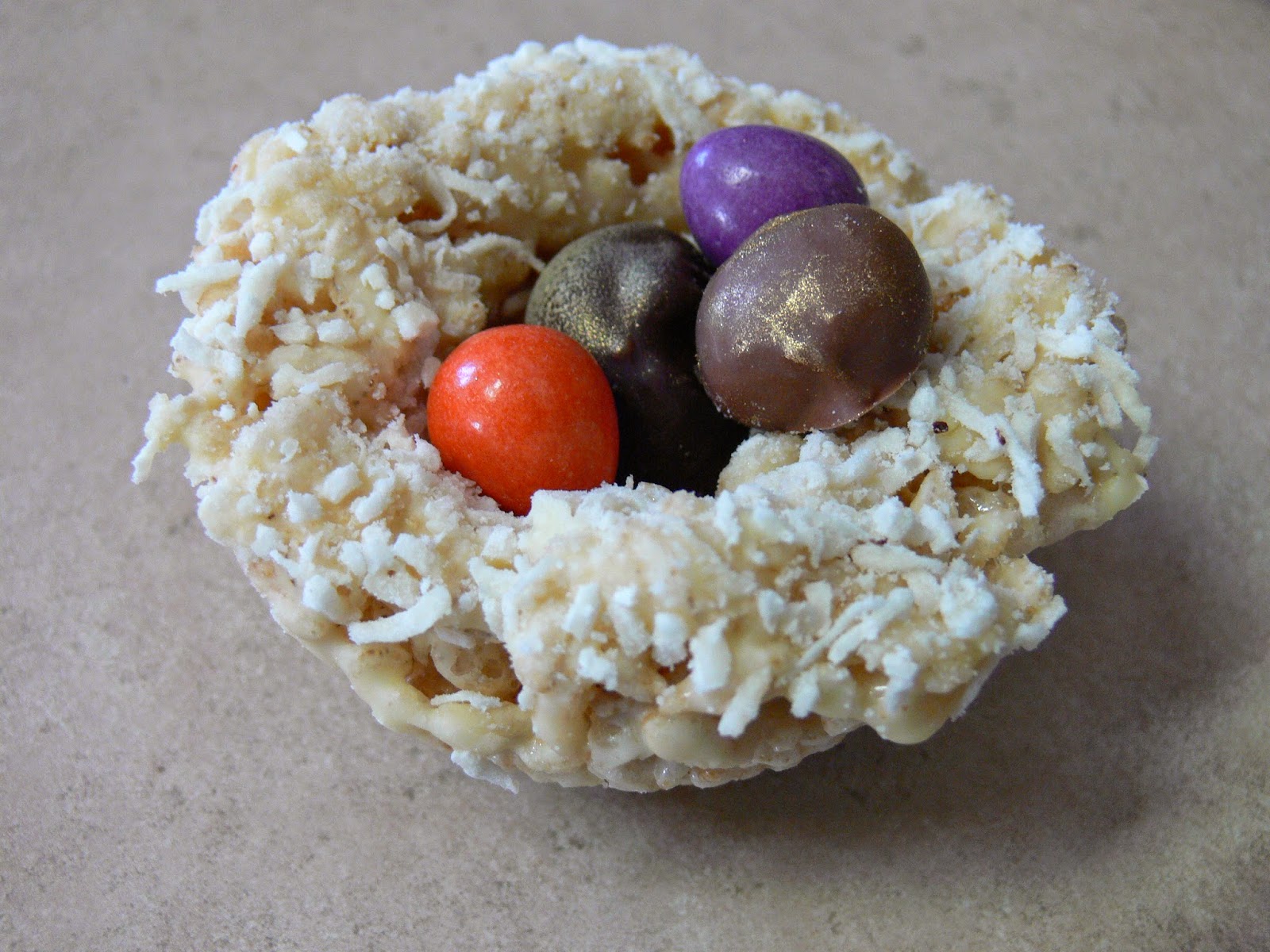 In the last month, I've made chocolate bark so many times, I cannot even count the number of batches. I was inspired when I ran out of BarkTHINS Snacking Chocolate, and truly motivated when my first batch of 70% Salted Pecan Chocolate Bark turned out perfectly.
In the last month, I've made chocolate bark so many times, I cannot even count the number of batches. I was inspired when I ran out of BarkTHINS Snacking Chocolate, and truly motivated when my first batch of 70% Salted Pecan Chocolate Bark turned out perfectly. After Easter weekend, I was feeling like it was time to reduce my sugar intake, so I decided to increase the percentage of chocolate in my bark and change up the nuts. So I used an 80% organic and Fair Trade dark chocolate by Camino and ground roasted and salted peanuts. Once I got used to the absolute bitterness of the bark, I found that I enjoyed it and my sugar cravings were reduced.
I had a family gathering to attend last weekend and I wanted to bring something that would appeal to a wider range of tastes. So I made some Salted Milk Chocolate Peanut Bark with 41% organic milk chocolate (also by Camino) and whole roasted peanuts. This was sweet and salty and oh so delicious.
Recipe: Extra Dark Chocolate Bark with Roasted Peanuts and Sea Salt
Here is what you need:
- Four (4) 100 gram chocolate bars of Camino Organic and Fair Trade brand 80% Panama Extra Dark (or their 70% for something slightly sweeter, or another brand of chocolate - it's up to you)
- 1 cup of salted and roasted peanuts (grind half, or all of the peanuts, if you like)
- 1/4 to 1/2 tsp sea salt
- Lay waxed paper or a chocolate imprint sheet flat on your counter.
- Break your chocolate into 1-inch or smaller pieces.
- Melt and temper your chocolate over a double boiler or in the microwave (see this link for instructions on melting and tempering) - remember, 1/3 of one of the four chocolate bars should be reserved for 'seeding' your chocolate while tempering (i.e. when the rest of the chocolate melts and reached 120 degrees F, throw in the broken pieces of the reserved chocolate bar and stir until the chocolate cools to 90 degrees F).
- Once the chocolate is in temper, toss in the salt and then add in the ground peanuts and quickly stir.
- With a spatula, pour the entire bowl of chocolate onto your waxed paper and spread out as far as possible, as quickly as you can (I like it best when the pieces are very thin!).
- Sprinkle a little more salt on the bark immediately OR for added sweetness, sprinkle hard caramel or Skor bits on the bark while it is wet.
- Let set for just a few minutes, and then before the bark hardens, make several triangular cuts.
- Place in the refrigerator and let set until the bark is pulling naturally off of the waxed paper (at least 1 hour in the fridge will maintain a nice shine on the bottom of the bark).
- Remove from the refrigerator and break up the pieces. Display in a nice food box or tins. Uline.ca or luv2pack.com offer great options for food & candy packaging.

Follow the same instructions as above for the Salted Milk Chocolate Peanut Bark (Camino has a lovely Milk Chocolate Bar), except do not grind your peanuts (unless you want to!). Because the peanuts are whole, which makes spreading the chocolate difficult, you must stir, pour and spread the chocolate very quickly in order to maintain a nice shine on your bark.



























.jpg)
.JPG)
.jpg)
